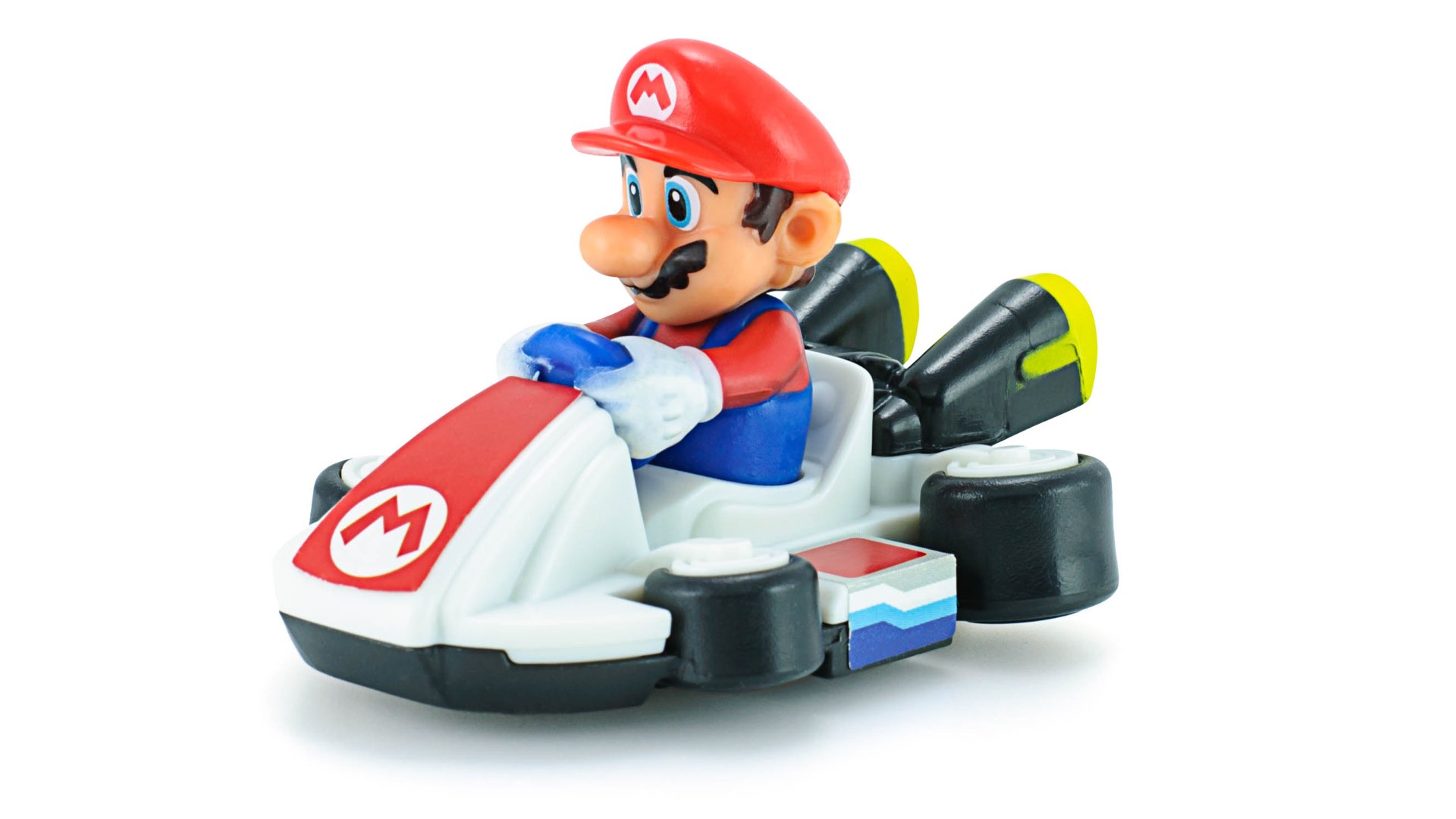1. Big Idea
Since the first installment was released in 1992, the Mario Kart series of video games has mushroomed, and generations of players have enjoyed pitting characters against each other in go-kart-style racing. Now, through the implementation of neurofeedback technology by Villanova students, children with attention deficit disorders may be able to use the games to improve their ability to focus.
Seniors in Electrical and Computer Engineering teamed up to design a system that measures players’ brain waves to determine how focused they are as they race their karts. If a player loses concentration, that information is relayed through various electronic devices and causes the player’s kart to slow down. Once the player refocuses, the vehicle regains its speed.
2. Participants
Nathan Cheong
Stephanie Jones
Scott Miller
Daniel Tagliaferro
Mark Jupina, PhD, associate professor and adviser
3. How it Works
NARBIS-BRAND NEUROFEEDBACK GLASSES: This product combines sensors, an app and a Bluetooth armband to track and transmit brain activity.
ARDUINO MEGA: After receiving the brainwave data, this microcontroller board converts them to signals that can be read by a computer program. It also communicates with an LED circuit in a 3-D printed box, which shows the user’s level of concentration.
RASPBERRY PI: This small computer reads the signals and runs the Mario Kart game and a background program to tell the final link in the chain, “Tag. You’re it.”
MAKEY MAKEY: Once “tagged,” this device handles the brakes. Dipping concentration levels prompt it to create the effect of brake presses on the user’s kart. Rising levels removes this effect.
4. Next Steps
The system is designed for one player using a keyboard. Next steps include having multiple players who use gaming controllers. Once the system is more portable and user-friendly, the group hopes that it will be an effective tool for therapists.
“There are a lot of uses for this technology,” says Dr. Jupina. “It is to the point where something like this could eventually be put on the market.”
Villanova Engineering Students Measure Brain Waves Using Nintendo’s Mario Kart Game
